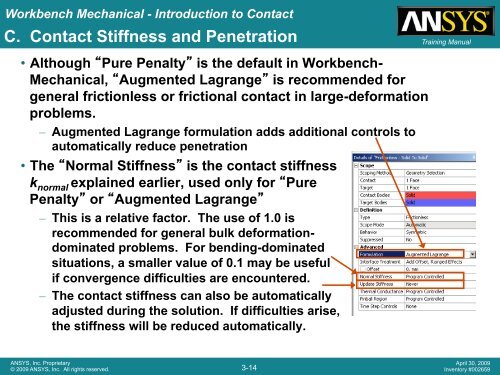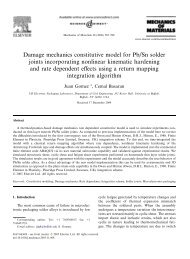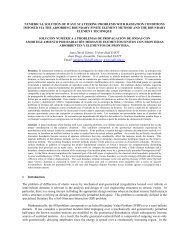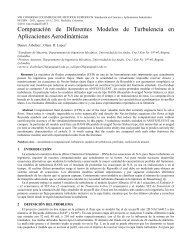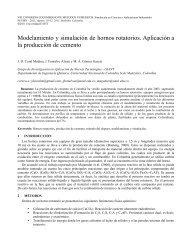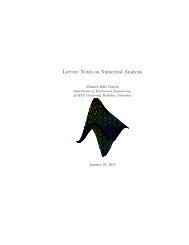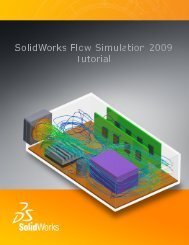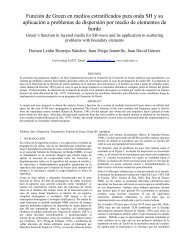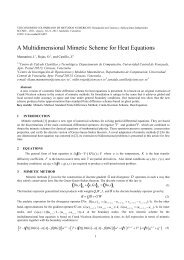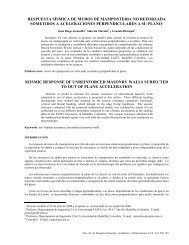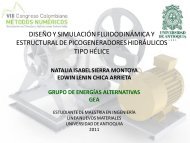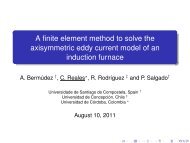Workbench Mechanical - Introduction to Contact
Workbench Mechanical - Introduction to Contact
Workbench Mechanical - Introduction to Contact
Create successful ePaper yourself
Turn your PDF publications into a flip-book with our unique Google optimized e-Paper software.
<strong>Workbench</strong> <strong>Mechanical</strong> - <strong>Introduction</strong> <strong>to</strong> <strong>Contact</strong><br />
C. <strong>Contact</strong> Stiffness and Penetration<br />
Training Manual<br />
• Although Pure Penalty is the default in <strong>Workbench</strong>-<br />
<strong>Mechanical</strong>, Augmented Lagrange is recommended for<br />
general frictionless or frictional contact in large-deformation<br />
problems.<br />
– Augmented Lagrange formulation adds additional controls <strong>to</strong><br />
au<strong>to</strong>matically reduce penetration<br />
• The Normal Stiffness is the contact stiffness<br />
k normal explained earlier, used only for Pure<br />
Penalty or Augmented Lagrange<br />
– This is a relative fac<strong>to</strong>r. The use of 1.0 is<br />
recommended for general bulk deformationdominated<br />
problems. For bending-dominated<br />
situations, a smaller value of 0.1 may be useful<br />
if convergence difficulties are encountered.<br />
– The contact stiffness can also be au<strong>to</strong>matically<br />
adjusted during the solution. If difficulties arise,<br />
the stiffness will be reduced au<strong>to</strong>matically.<br />
ANSYS, Inc. Proprietary<br />
© 2009 ANSYS, Inc. All rights reserved.<br />
3-14<br />
April 30, 2009<br />
Inven<strong>to</strong>ry #002659


